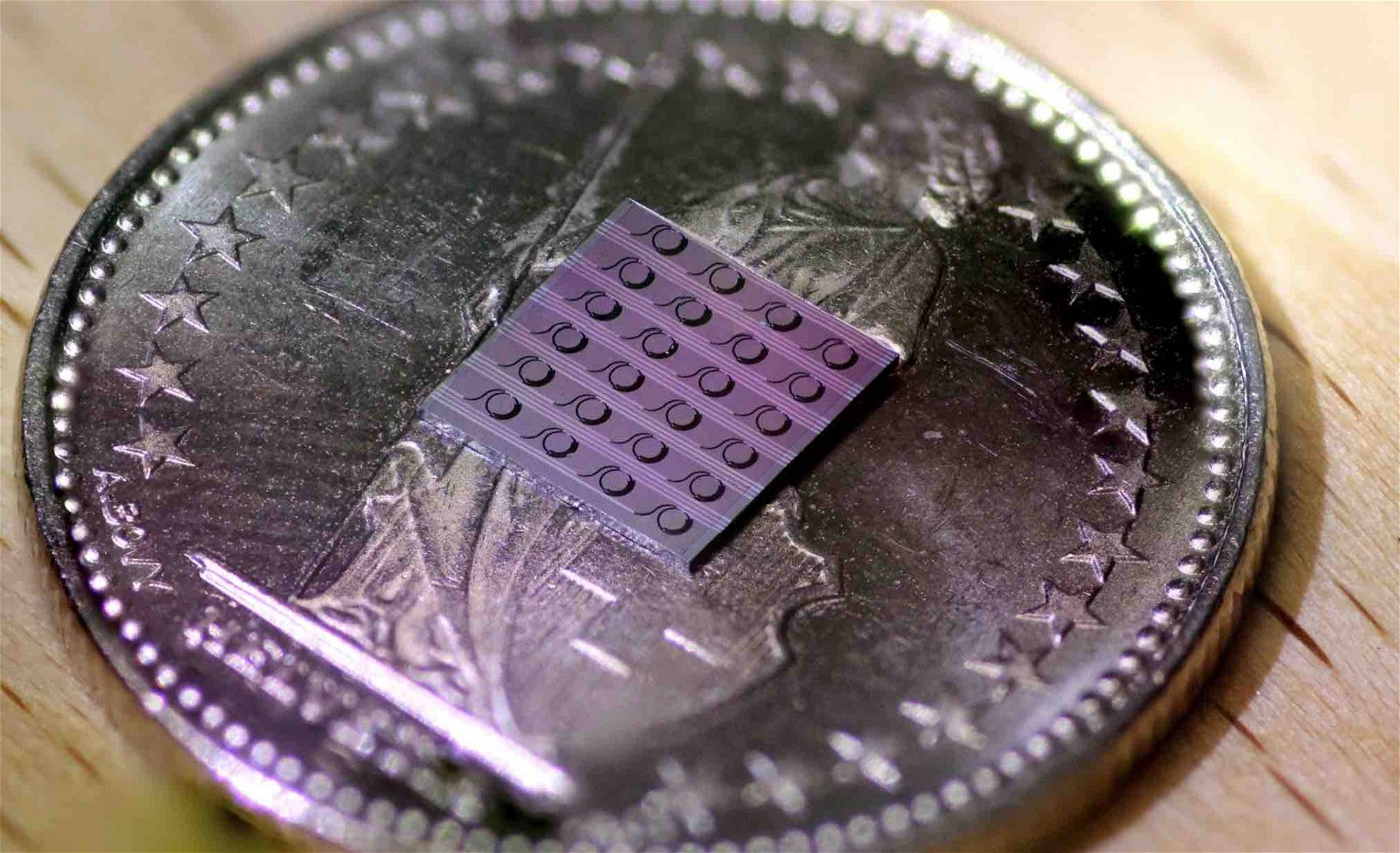In a new advancement for laser science, scientists from the Institute of Physics and the Center for Quantum Science and Engineering, both at the Swiss Federal Institute of Technology Lausanne (EPFL), have developed a new type of laser system that is smaller and quieter than previous models.
The team published their findings in Nature Photonics, detailing the new laser system, which can be integrated into tiny circuits like those found within electronic devices, making it more cost-effective and versatile.
The potential applications of this new laser system are vast. It could revolutionize various measuring devices and systems, including advanced sensors like LiDAR (Light Detection and Ranging), which are integral to the functioning of automatic cars, airplanes, and satellites. Using smaller and quieter lasers in these sensors could create higher-resolution images and models, providing more accurate data. Industries from the military to medicine could harness this data to advance their respective technologies.
Making Lasers Quieter
One persistent challenge in traditional lasers is the high noise levels, which can significantly hamper their performance. Laser noise can lead to less accurate measurements and unreliable data, a critical drawback in fields that demand uncompromising precision.
One type of laser that has more recently emerged as a less-noisy system is the erbium-doped fiber laser (EDFL). EDFLs use erbium ions to amplify the laser light further, creating a more stable and cleaner output with lower noise characteristics. Traditionally, EDFLs have a fiber that contains erbium ions. The fiber (and its corresponding ions) are pumped out by semiconducting lasers, where the ions then excite the photons in the laser light, amplifying it further.
Because of their intricate setup, integrating EDFLs into a circuit is tricky, as ions can be lost, making the amplification less efficient.
To make this system more efficient, the researchers combined the benefits of erbium-doped technology with the practicality of photonic integrated circuits to produce their smaller and quieter laser system.
Creating a New Laser
To start the process, the researchers used silicon nitride, a material known for its relative efficiency, as the base for the circuit. The team then embedded the erbium ions within the silicon nitride, which created the medium for the laser to interact with. The circuit also included microheaters, integrated pumping lasers, and a few other components to allow for temperature and wavelength fine-tuning, resulting in the entire system being customized for different light wavelengths.
In testing their laser, the researchers found that the output had a very narrow linewidth of 50 Hz, indicating exceptionally low noise levels. The researchers also noted that the device could be fine-tuned over 40 nms, making it highly versatile.
Advancing Autonomous Vehicles and Telecommunications
This study showed the possibility of making laser systems smaller and quieter, which could have huge implications for precision instruments like LiDAR. LiDAR is used in multiple fields, but one of its most exciting applications is the autonomous vehicle industry. Using precision sensing, LiDAR can help map the car’s surroundings in real-time. These new, low-noise, customizable lasers can greatly enhance the accuracy and reliability of LiDAR systems, leading to safer autonomous driving. The versatility of these lasers also means that they can be more easily integrated into the limited space available in vehicles, reducing the overall cost and complexity of the system.
These versatile lasers can also influence the future of telecommunications, specifically in optical communication networks. More efficient and stable lasers could translate to faster and more reliable internet speeds and more stable data transmission.
While more research is needed to continue fine-tuning this new laser system, the initial findings of this more versatile laser provide a promising new direction for other physicists and engineers to explore.
Kenna Hughes-Castleberry is the Science Communicator at JILA (a world-leading physics research institute) and a science writer at The Debrief. Follow and connect with her on X or contact her via email at kenna@thedebrief.org

